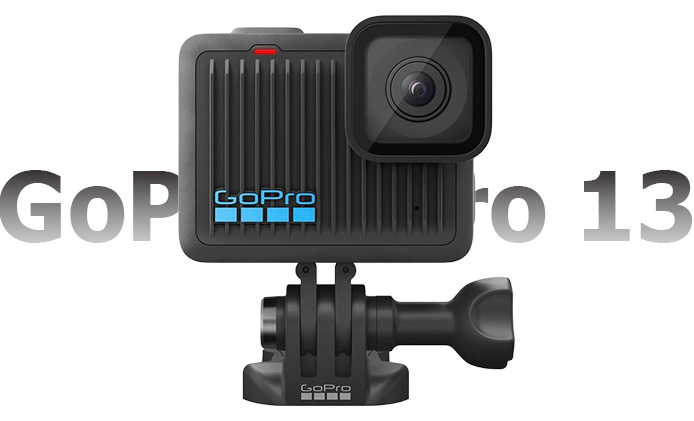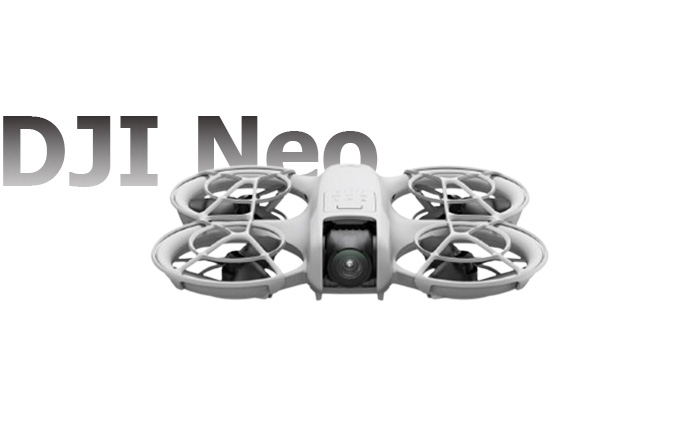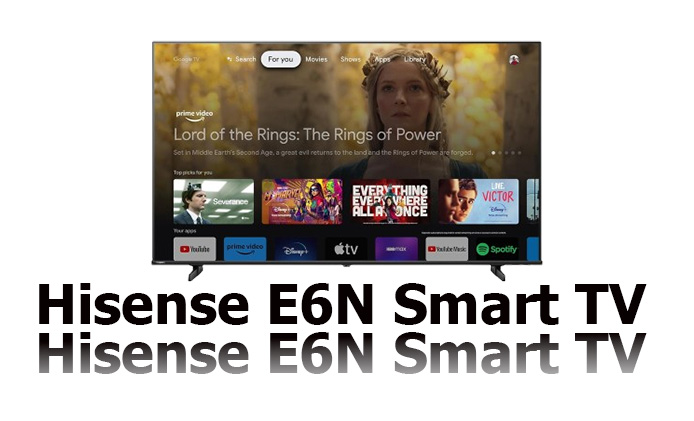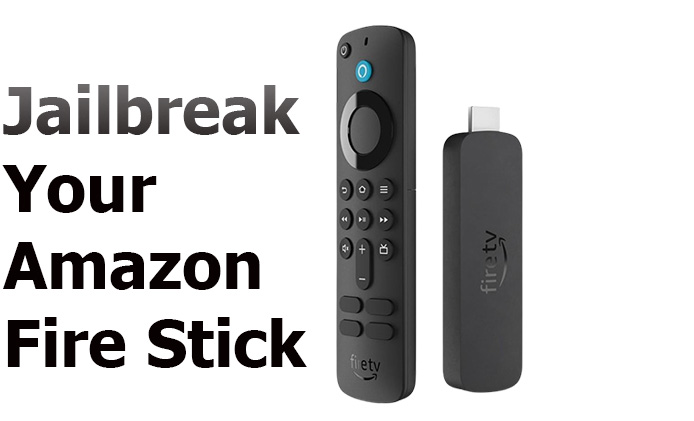When the GoPro Hero 13 hit the market, I knew I had to get my hands on it. After using it extensively for a month in a variety of scenarios—everything from action-packed adventures to everyday life—I’m excited to share my experience with the latest GoPro model. In this in-depth review, I’ll break down the performance, features, and where this camera excels (and where it falls short).

Whether you’re a casual content creator or a professional videographer, this review will give you everything you need to know about the GoPro Hero 13.
Key Takeaways
| Feature | My Verdict |
| Video Quality | Outstanding 8K video, sharp and fluid footage. |
| Battery Life | Improved but still room for optimization. |
| Stabilization | HyperSmooth 6.0 sets a new industry standard. |
| User Interface | Intuitive, but there’s a slight learning curve for new users. |
| Low-Light Performance | Much better, but could still be improved. |
| Price | Premium, but justifiable for professionals. |
First Impressions of the GoPro Hero 13
From the moment I unboxed the GoPro Hero 13, it was clear that GoPro had upped the ante. The sleek, robust design feels durable in hand, and the new ultra-tough chassis is designed for action. The standout on the spec sheet is the 8K resolution—a first for the series—paired with HyperSmooth 6.0 stabilization.
This model also has upgraded low-light performance, something I was keen to test. The camera feels lighter than the previous model but has a sturdier build, making it an excellent companion for those tough, rugged conditions that GoPro is known for.
What’s in the Box?
- GoPro Hero 13 Camera
- Rechargeable Battery
- USB-C Charging Cable
- Mounting Accessories
- Instruction Manual
The package includes all the essentials for quick setup, with mounts that are compatible with most gear.
Design and Build Quality
One of the first things I noticed was the rugged yet compact design. The GoPro Hero 13 feels incredibly solid with an enhanced weatherproofing feature, capable of withstanding submersion up to 40 meters without a case.
The rear 2.8-inch touchscreen has been improved, with quicker response times, while the front-facing screen makes it easier to vlog or shoot selfies. It’s incredibly durable and now offers better shock resistance thanks to GoPro’s latest body design. While the layout is largely familiar, GoPro has made several subtle improvements that make a difference in real-world use.
Key Design Features:
- Ultra-tough chassis: Built to handle extreme conditions.
- Larger touchscreen: For more intuitive control.
- Dual displays: Ideal for both recording and monitoring.
Video and Photo Performance
This is where the GoPro Hero 13 truly shines. The 8K resolution at 60fps is a game-changer. The level of detail is astonishing, whether you’re filming a mountain bike descent or a peaceful sunset.
8K Video Resolution
The 8K video quality is crisp and vibrant, with 60 frames per second offering ultra-smooth motion capture. Compared to the GoPro Hero 12, the color accuracy and sharpness have taken a notable leap. I found that this is especially noticeable in fast-paced environments where every frame counts, like sports or wildlife photography.
Key Video Specs:
- 8K at 60fps: Smooth, lifelike video in high motion settings.
- 4K at 120fps: Perfect for slow-motion shots without losing quality.
- HDR support: Enhanced color depth and dynamic range.
HyperSmooth 6.0 Stabilization
GoPro’s HyperSmooth 6.0 stabilization technology is another major highlight. While I was filming a snowboarding session, the footage remained incredibly stable despite rapid, jarring movements. Whether you’re running, biking, or surfing, HyperSmooth 6.0 keeps your footage rock steady.
Photo Quality
As for stills, the 23MP sensor delivers impressive shots. The new AI-enhanced photo mode automatically adjusts the settings based on the environment, making it perfect for snapping high-quality images without fiddling with manual controls.
Battery Life and Charging
Battery life is one area where GoPro has made strides, though there’s still room for improvement. The Hero 13 packs a 1720mAh battery, which provides around 2 hours of continuous shooting in 4K. For 8K footage, this drops to about 1 hour 30 minutes, which is expected given the high power consumption.
Battery Life Breakdown:
- 8K recording: ~1.5 hours
- 4K recording: ~2 hours
- 1080p recording: ~3 hours
Fast charging is another plus. I found that in about 90 minutes, the battery was fully charged using a standard USB-C fast charger. However, if you’re planning to record long sessions, it’s a good idea to have spare batteries on hand.
Audio Quality
Audio quality in action cameras often feels like an afterthought, but the GoPro Hero 13 delivers crisp, clear audio thanks to its dual-mic setup. The wind noise reduction has also been improved significantly. Whether I was filming in windy conditions or during fast-paced action, the sound quality remained impressively clear.
Key Audio Features:
- Dual microphone setup for better audio capture.
- Improved wind noise reduction for clear audio in outdoor conditions.
Usability and Interface
The interface of the GoPro Hero 13 is intuitive, but I did notice a slight learning curve for users who are new to GoPro’s ecosystem. The touchscreen is responsive, but navigating through the vast array of settings can feel overwhelming at first.
For seasoned GoPro users, however, the interface is streamlined and customizable, allowing you to set shortcuts for your most-used modes.
Noteworthy Usability Features:
- Voice commands: Activate certain functions hands-free, perfect for when you’re in action.
- Quik app integration: Seamless pairing with the Quik app for quick editing and sharing.
Final Verdict: Is the GoPro Hero 13 Worth It?
After using the GoPro Hero 13 for a month, I’m convinced that it’s one of the best action cameras currently available, especially for professionals and serious enthusiasts. The 8K resolution, HyperSmooth 6.0 stabilization, and improved low-light capabilities make it stand out from the competition. However, it does come at a premium price point, and for casual users, some of the advanced features might be overkill.
Pros:
- 8K video and HDR for stunning visuals.
- HyperSmooth 6.0 for unbeatable stabilization.
- Solid build quality and enhanced weatherproofing.
Cons:
- Battery life could be better, especially in 8K.
- Slight learning curve for new users.
- Premium price tag.
If you’re someone who needs top-tier video quality and is willing to invest in the best technology, the GoPro Hero 13 is a fantastic option. For those looking for a simpler, more budget-friendly camera, the GoPro Hero 12 or even the Hero 11 might still meet your needs without the higher cost.
Also Check:
- My First Month with the DJI Neo: The Good, the Bad, and Everything In-Between
- How to Jailbreak Amazon Fire Stick: Step-by-Step Guide
- AirPods Max Pro – Is It Really the Headphone You Actually Want? Here’s what…
- The iPhone 16 Pro is Here—But Should You Upgrade?
- Why I Buy the iPhone 16 Anyway Despite the Mixed Opinions


